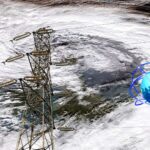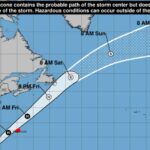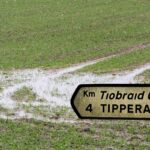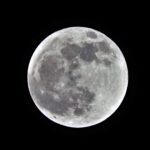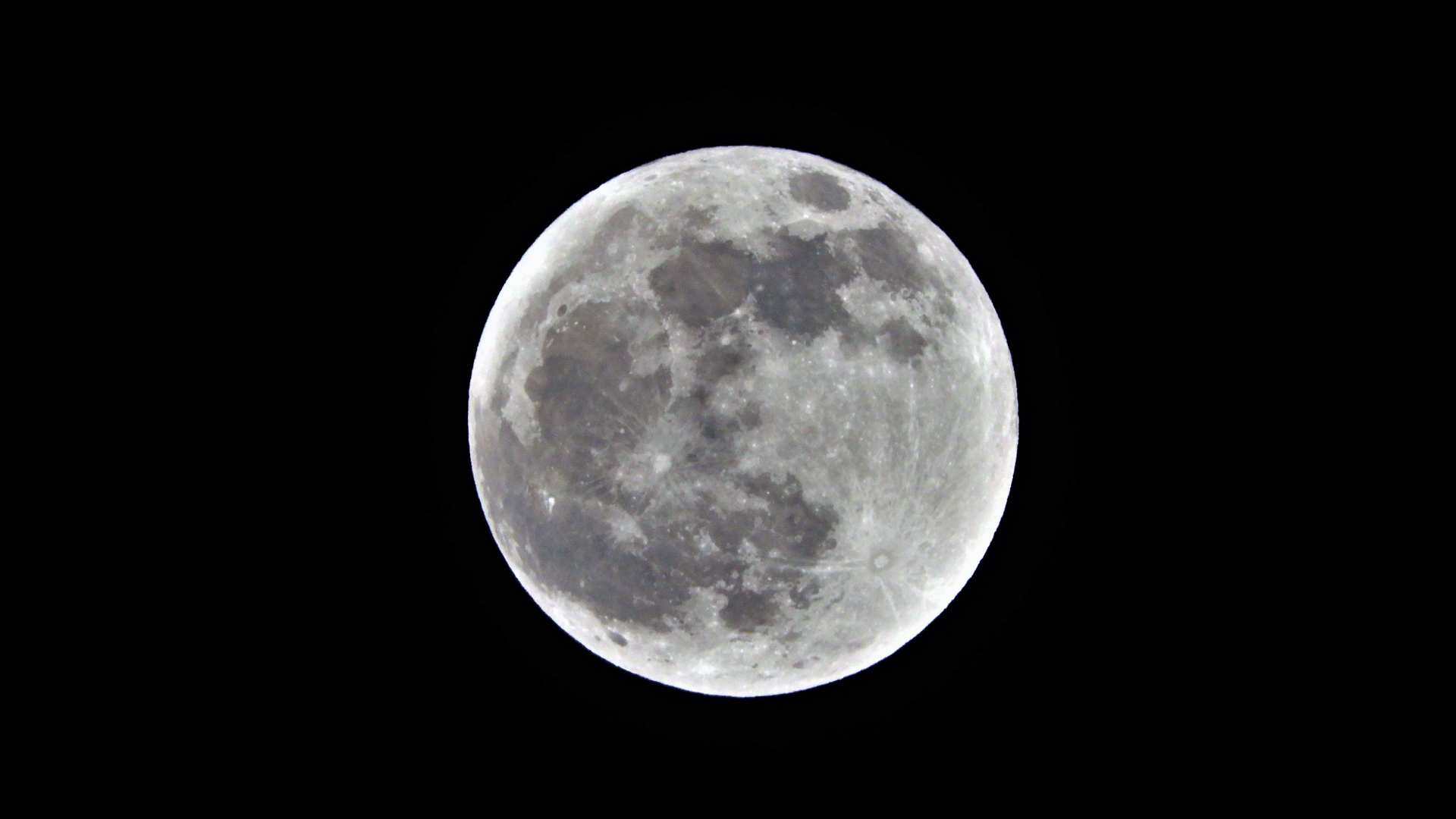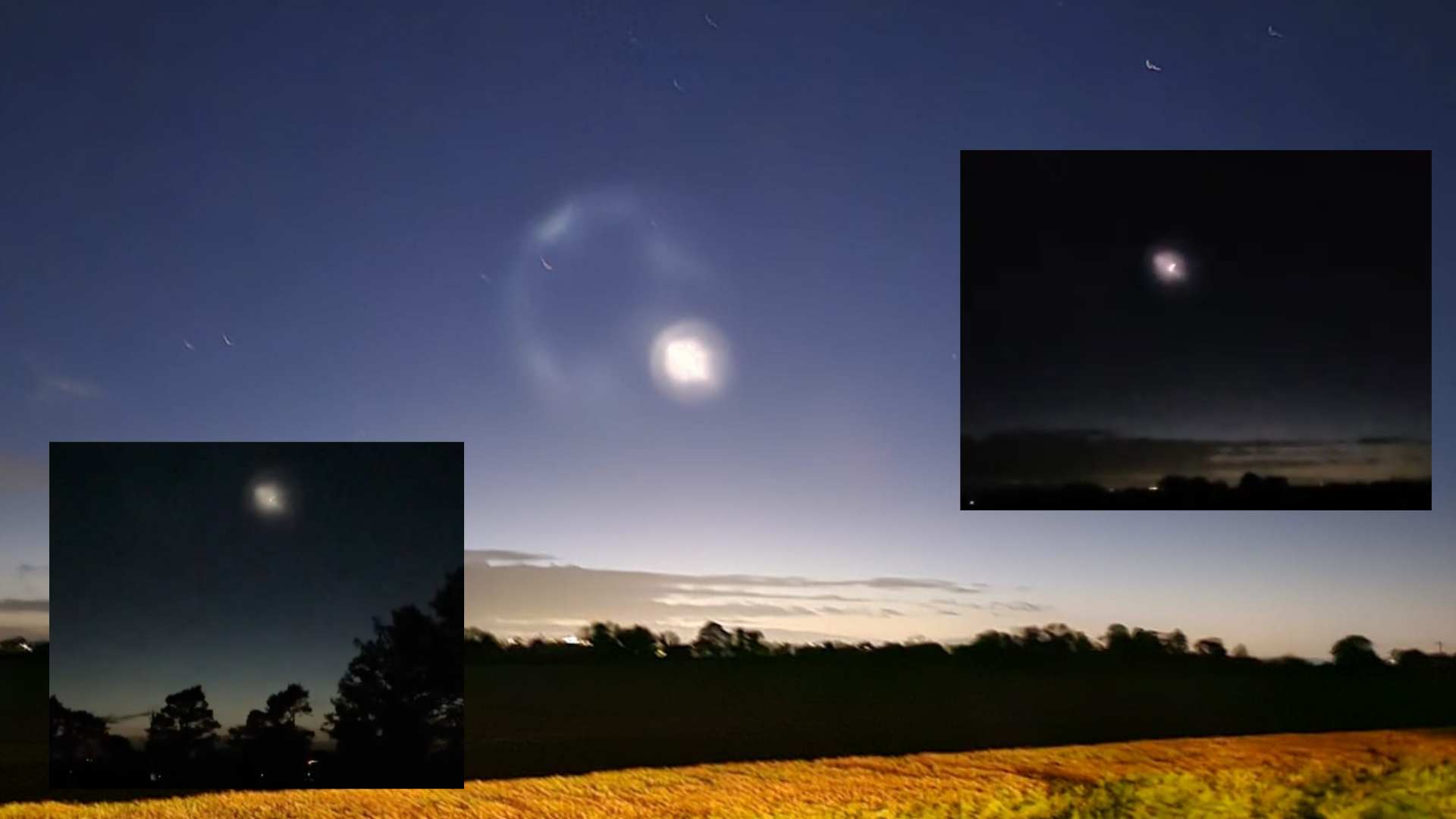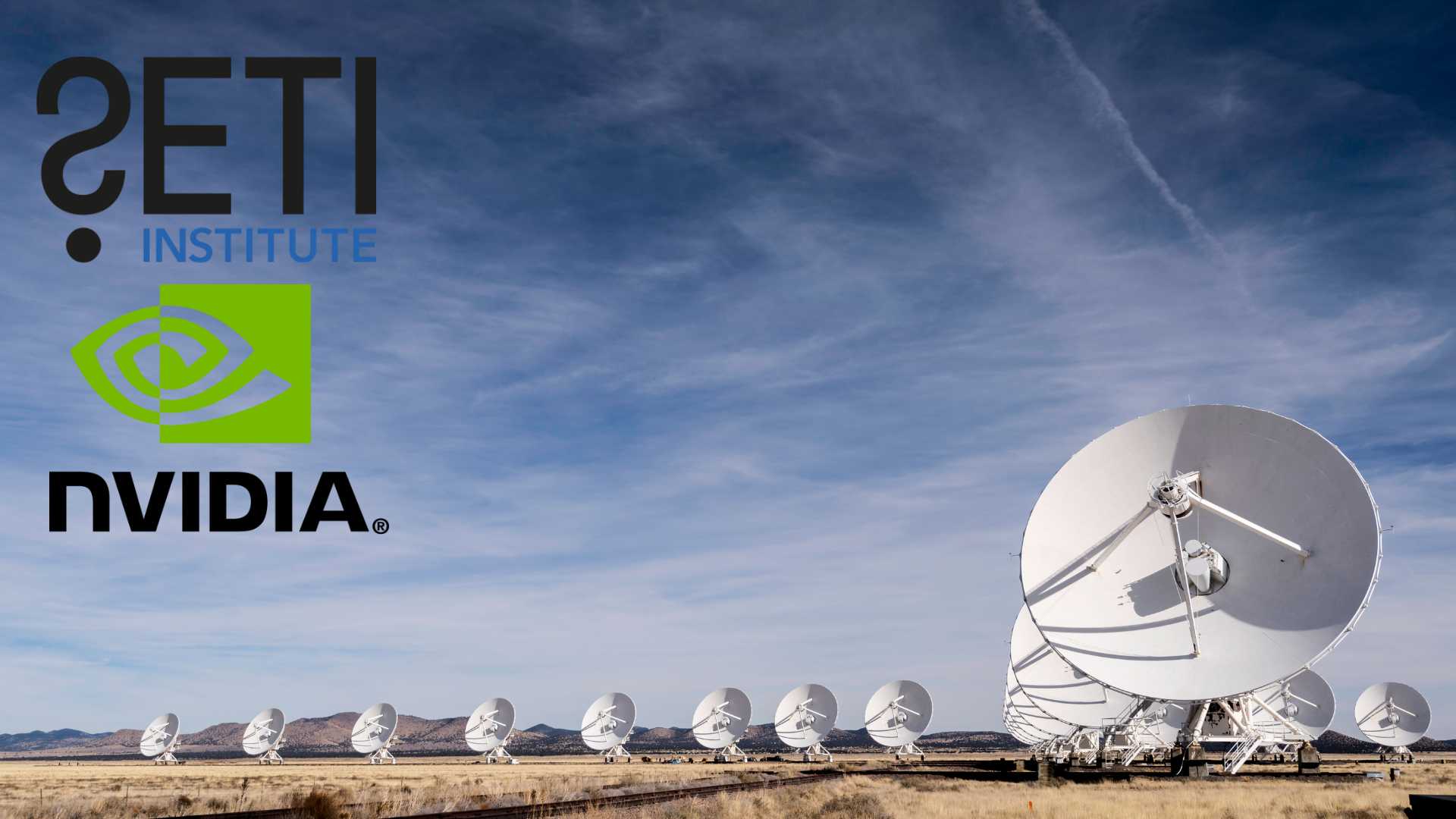
Ireland’s first satellite completes mission

Ireland’s first satellite, EIRSAT-1, has successfully completed its mission orbiting Earth and is set to de-orbit in the coming days.
Launched in 2023, the CubeSat was built by students and faculty at University College Dublin in collaboration with the European Space Agency.
The mission marked a milestone in Ireland’s space journey, demonstrating the country’s ability to design, build and operate a satellite while laying the groundwork for future growth in the national space sector. More than 50 students, primarily postgraduate researchers in physics, engineering, computer science and mathematics, gained hands-on experience, including 13 PhD candidates.
Professor Lorraine Hanlon, director of the EIRSAT-1 project and UCD C-Space, said the team was proud that the mission achieved all of its goals. She added that the expertise gained would inform new satellite missions and further develop Ireland’s space sector.
“Ireland became a space-faring nation with the launch of our first ever satellite,” said Professor Kate Robson Brown, UCD Vice-President for Research, Innovation and Impact. “Our researchers are working at the frontiers of in-orbit technologies, and our graduates are already bringing that expertise to industry.”

EIRSAT-1 introduced space systems engineering and skills not previously seen in Ireland, and it helped secure the country’s largest space investment of €7.9 million as part of the National Space Subsystems and Payloads Initiative, led by UCD.
Minister of State for Employment, Small Business and Retail Alan Dillon highlighted the collaboration between industry and academia. He said the mission illustrated the value of Ireland’s membership in the European Space Agency, which provides researchers and companies with a unique platform to develop advanced technologies.
The satellite carried three experimental payloads designed for low-Earth orbit. The Gamma-Ray Module detected ten cosmological gamma-ray bursts and two solar flares. The Wave Based Control module tested a new satellite pointing system, while the ENBIO module trialled advanced thermal management coatings.

The research is already informing future projects. The GIFTS mission, led by Professor Sheila McBreen, builds on the gamma-ray experiment to detect and localise bursts across the sky. UCD C-Space has also been selected by ESA for COMCUBES, a follow-on project led by Dr David Murphy that will deploy a swarm of CubeSats to provide faster and more detailed data on gamma-ray bursts, with Scottish company AAC Clyde Space as a partner.
Share this WeathÉire story: